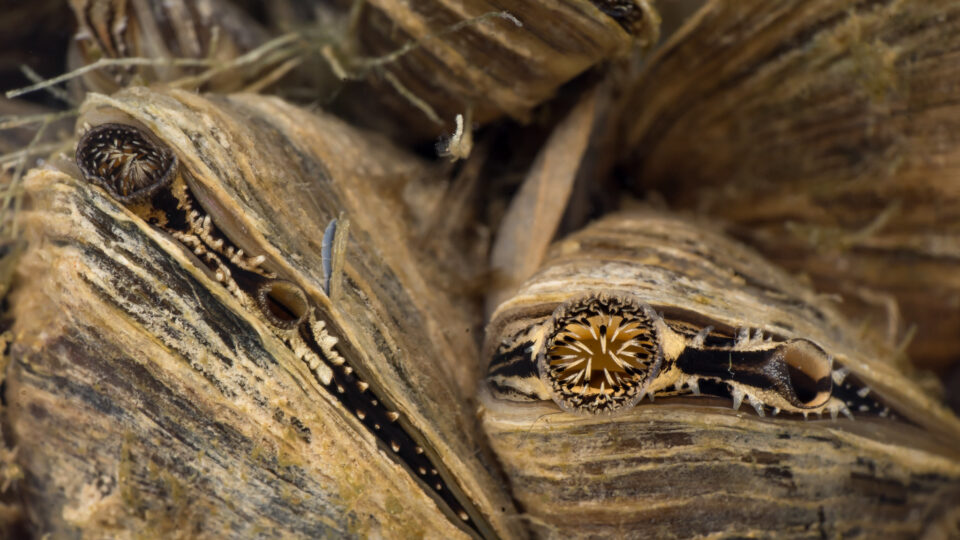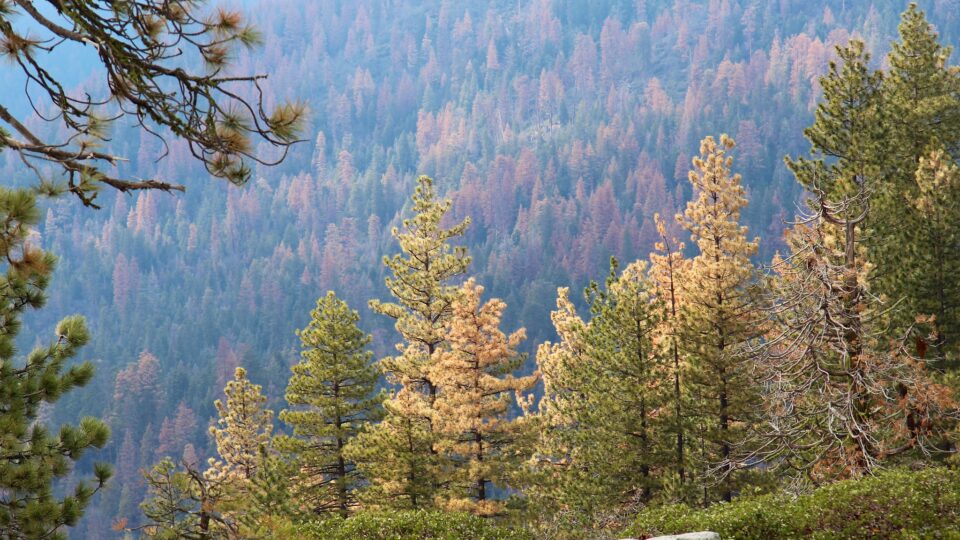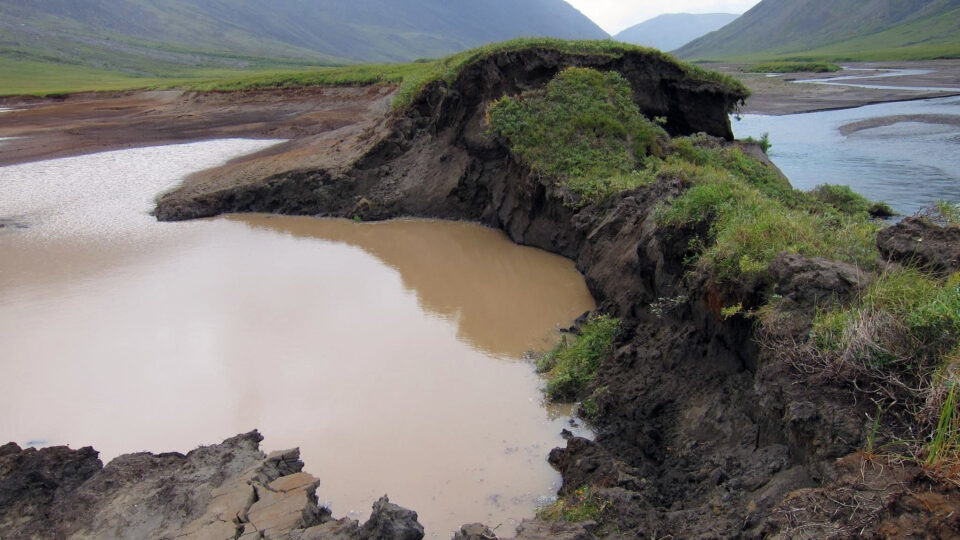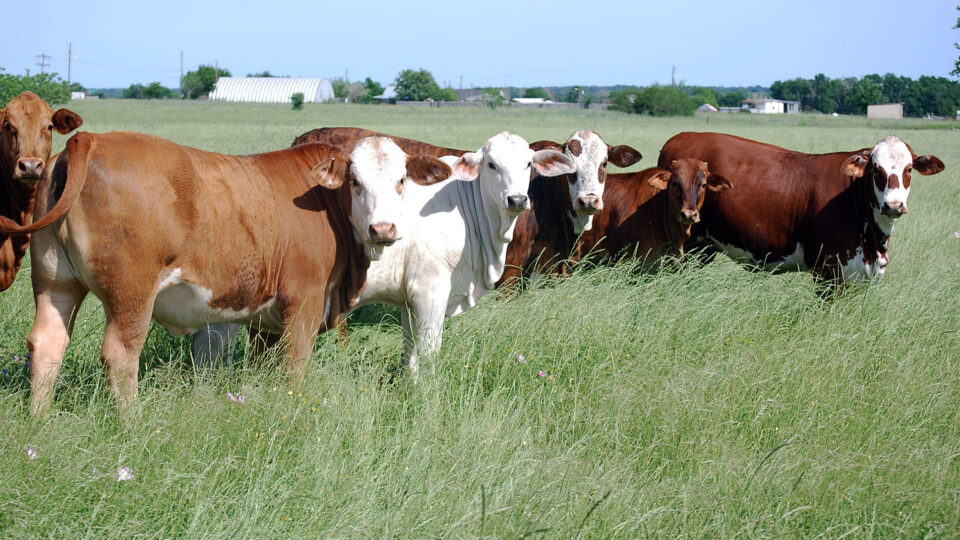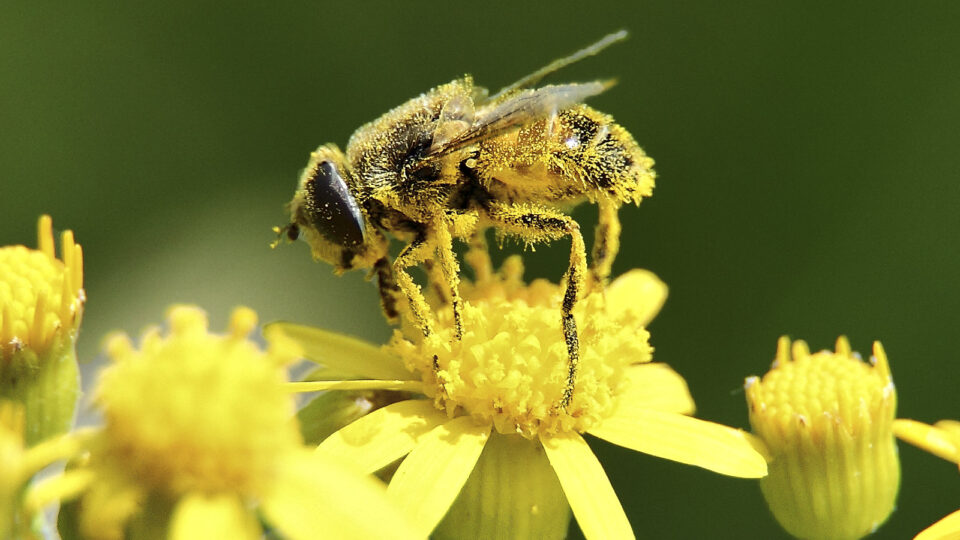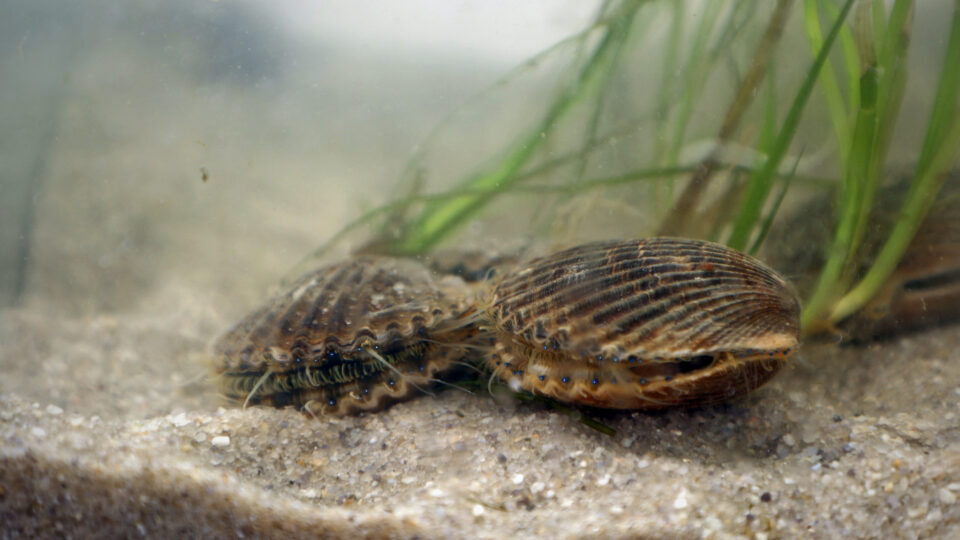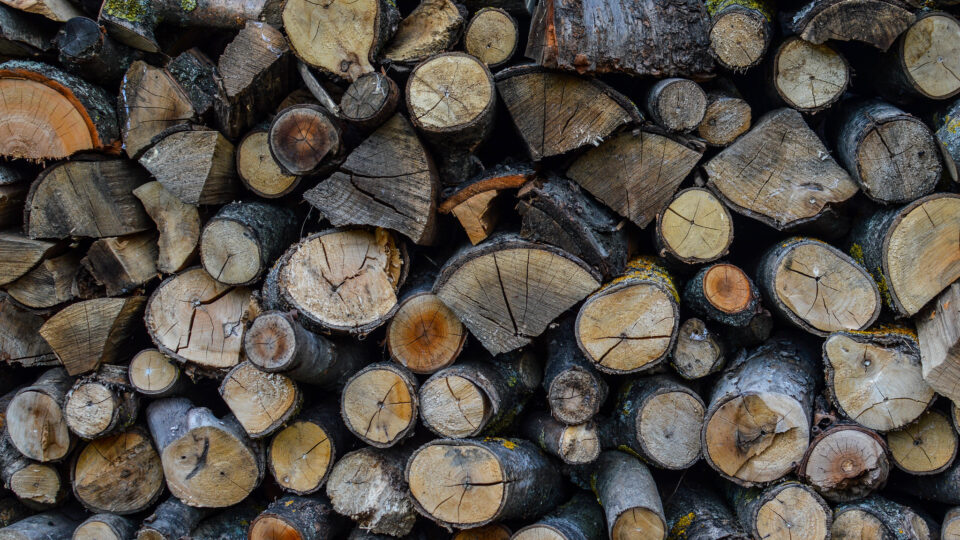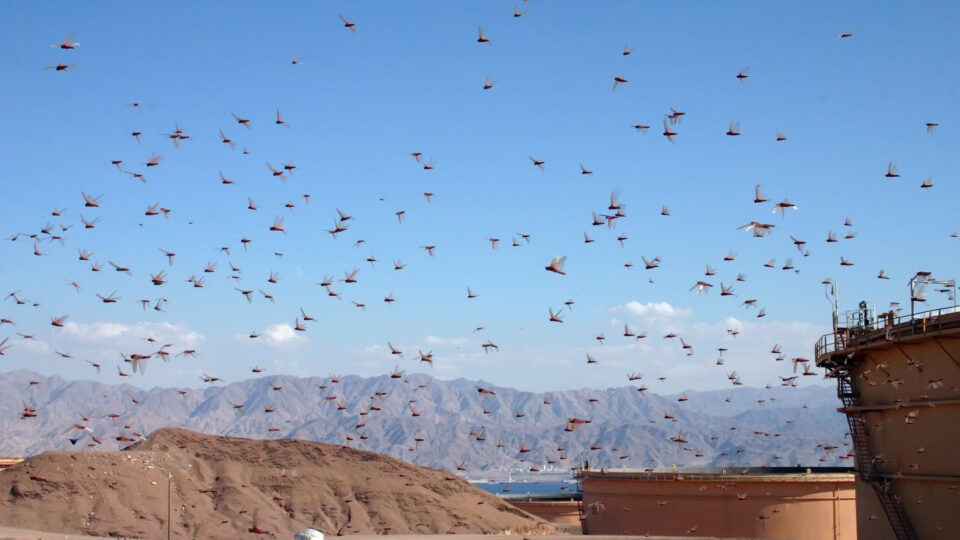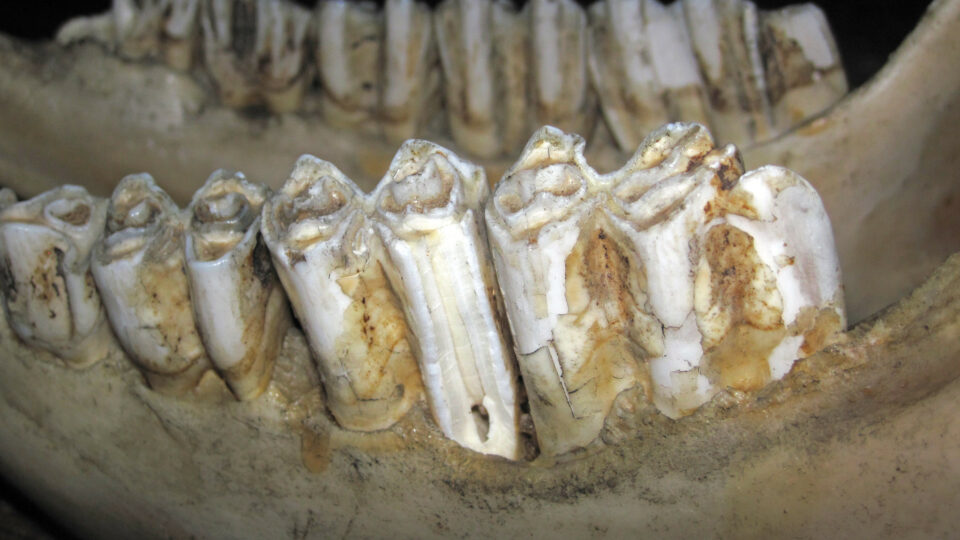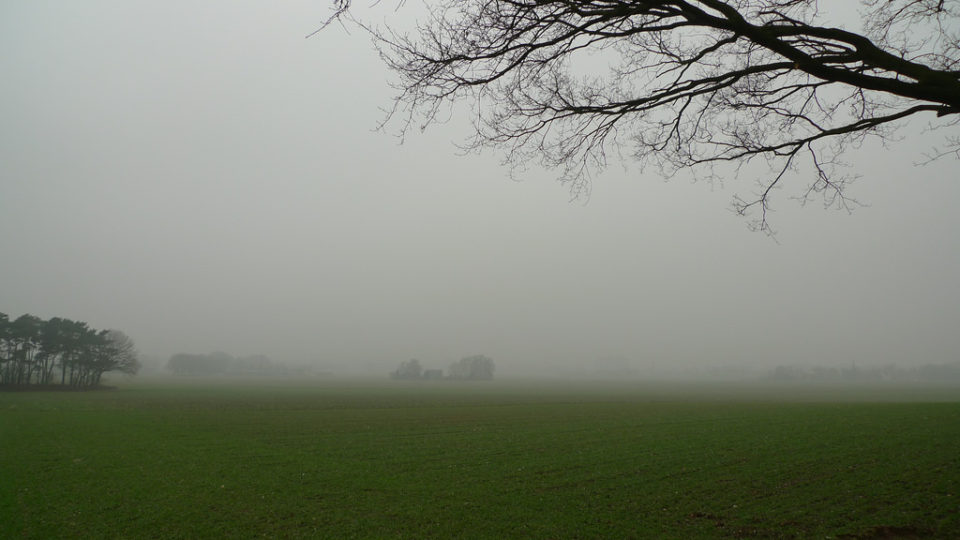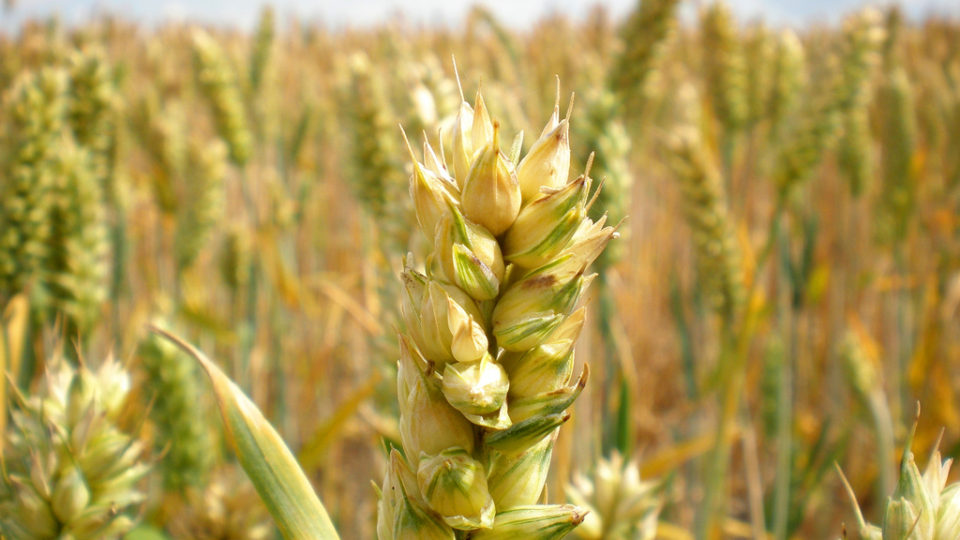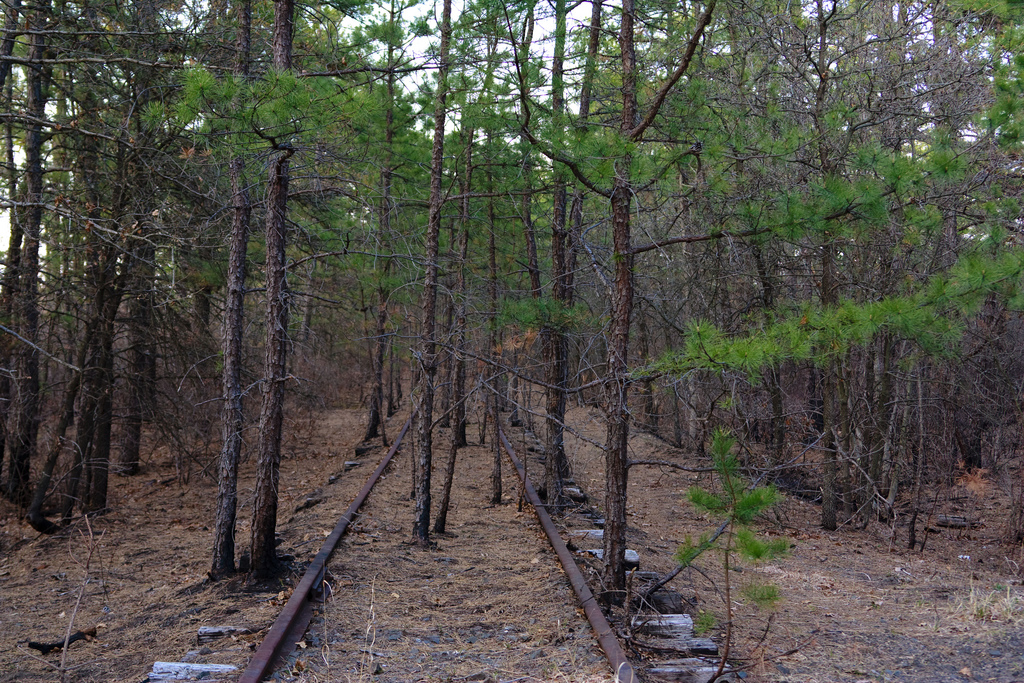According to a new report published by the Intergovernmental Science-Policy Platform on Biodiversity and Ecosystem Services for the United Nations, invasive species introduced to new ecosystems around the world are causing more than $423 billion in estimated losses to the global economy every year. These economic costs are incurred by harming nature, damaging food systems, and threatening human health.
According to the report, these costs have at least quadrupled every decade since 1970 and the estimates are actually conservative because it’s difficult to account for all of the effects of invasive species.
The report estimates that humans have intentionally or unintentionally introduced more than 37,000 species to places outside their natural ranges. More than 3,500 of them are considered invasive because they are harmful to their new ecosystems. Invasive nonnative species were a major factor in 60% of known extinctions of plants and animals.
Some species are relocated deliberately by the wildlife trade and international shipping. Other plants and animals end up hitching a ride with ordinary travelers as they move about by car, boat, plane, or train.
Invasions can damage human health. Mosquitos that transmit diseases like malaria, dengue fever, and the Zika virus have become invasive around the world. The wildfires in Hawaii this summer were fueled by invasive nonnative grasses in a warming climate.
Nearly every country in the world has agreed to participate in a sweeping agreement to preserve biodiversity and reduce invasive species. It is an essential global goal.
**********
Web Links
Invasive Species Are Costing the Global Economy Billions, Study Finds
Photo, posted June 2, 2022, courtesy of Sam Stukel (USFWS) via Flickr.
Earth Wise is a production of WAMC Northeast Public Radio
